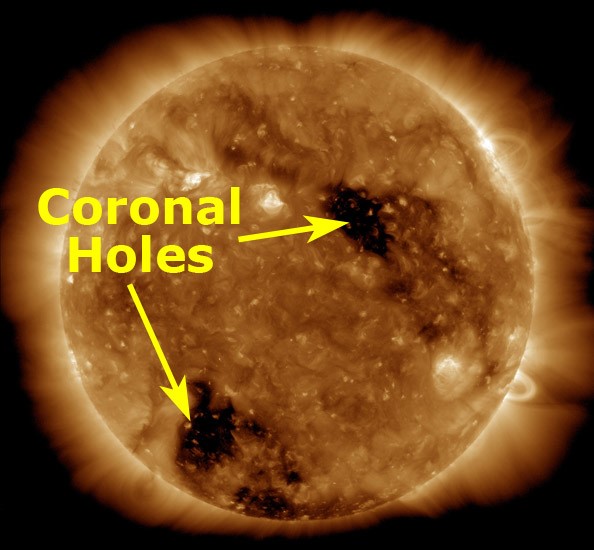7667766266
enquiry@shankarias.in
Why in News?
Astronomers from the Indian Institute of Astrophysics (IIA) recently accurately characterised the latitude dependence of temperature and magnetic field strengths within the coronal holes.
Coronal holes
Solar and Heliosphere Observatory (SOHO), a joint project between NASA and the European Space Agency (ESA) is a spacecraft that orbits the Sun, studying the Sun's interior, atmosphere, and solar wind.

Key findings of the study
Reference